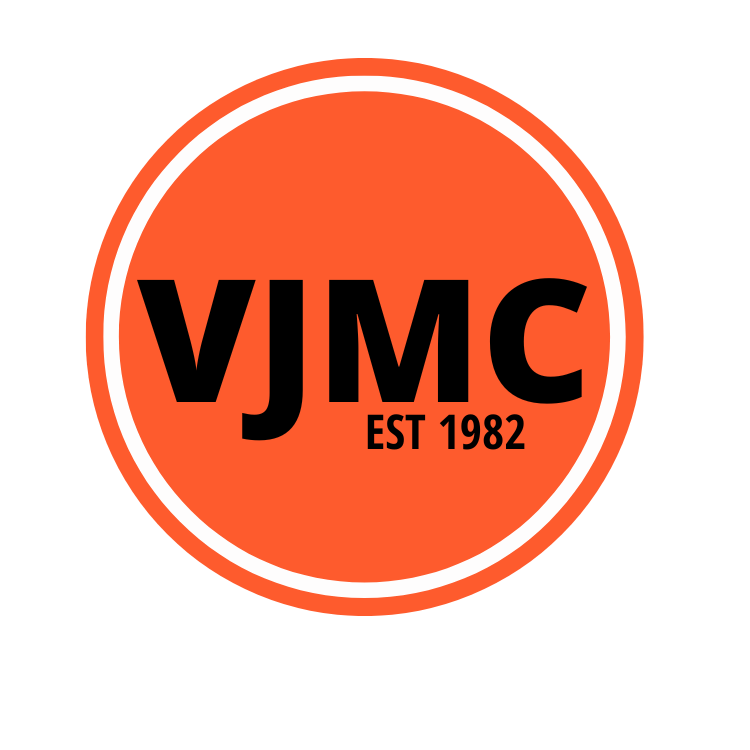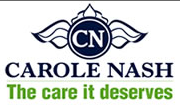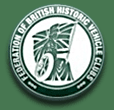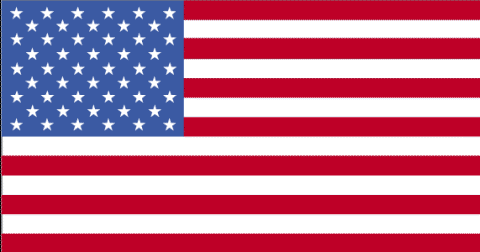 |
The Club For Classic Japanese MotorcyclesFor Japanese Motorcycles 15 years plus |
|
 |
 |
VJMC AGM 2025 Minutes are available in the Members Area |
||||
Japanese Motorcycle Histories - Kawasaki Beginings The original Kawasaki company was started by Shozo Kawasaki, who was born in 1837 as the son of a Kimono merchant. At the age of 17 Shozo became a tradesman in Nagasaki, Japan. In 1864, Shozo started a shipping business with a single cargo ship. Unfortunately, his ship sank during a heavy storm. After working for other shipping companies and setting up sea routes, he established, with the help of Vice Minister of Finance (who was from the same province as Kawasaki), the Kawasaki Tsukiji Shipyard in Tokyo. The company expanded into many areas where steel fabrication was required, including freight cars, locomotives, carriages and, by 1906, girders for bridges (at a plant based in Hyogo). The following year the dockyard company began to produce steam turbines for the marine industry. The Hyogo plant also became the home for the manufacture of aircraft which went into production in 1918, producing Japan’s first aluminum bodied aircraft—up until this time most aircraft were made from wood with cloth stretched over spars. First Motorcycles By the time the first motorcycle was produced in 1961 at the Kawasaki Aircraft plant, the various companies had merged into the major corporation known today as Kawasaki Heavy Industries Ltd., which is a truly global entity. The company has manufacturing plants in eight countries including Japan, China, Philippines, Thailand, Indonesia, Brazil, and two in the USA (Lincoln, Nebraska and Maryville, Missouri). Interestingly, Kawasaki has the distinction of being the first Japanese company to produce motorcycles in the United States--the first machines were built at the Lincoln plant in 1974. This plant now manufacturers ATVs , Jet Skis® and Utility Vehicles, many of which are exported to various markets throughout the world, including Japan! Models of Significance Kawasaki has produced many significant models over the years, predominantly with an appeal to sports riders. The knowledge gained in international motorcycle competition (including Grand Prix racing and world Superbike) has been used to good effect on their street machines wherever possible. S, H, KH The triple cylinder range of Kawasaki 2-strokes were introduced in 1968. The H1 Mach111 was an instant success. Offering staggering (for the time) straight line acceleration—the H1 could cover the ¼ mile in 12.96 seconds with a terminal speed of just over 100 mph. Following on from the success of the 500-cc three, Kawasaki soon had versions available in 250 and 350-cc (later replaced by a 400 version), and the ultimate street 2-stroke the H2 750. Although these machines proved to be reasonably reliable, they suffered from poor handling characteristics—the 750's were nicknamed the widow maker! Today the Kawasaki triples are finding their way into many collections of classic bikes. Currently prices are reasonable and parts are still available for most models. As an example, a KH400 from 1975, in excellent condition, is worth approximately £4,000. Z1, Z900 The Z900 Kawasaki was originally designed as a 750, but when Honda introduced the CB750 in 1969 (beating Kawasaki to the market) Kawasaki decided to increase the capacity of their new 4-stroke and delay its introduction until 1972. The DOHC Z900 Kawasaki engine is generally considered one of the most powerful and robust power plants to be produced by a Japanese company from that era. Although the engine was good, the frame and swing-arm were lacking in rigidity giving the machines relatively poor handling. Stiffer aftermarket swing-arms, combined with up-market rear shocks, went a long way to improving the Kawasaki’s handling. Early examples (1973) of Z1 Kawasaki’s, in excellent condition, typically sell for around £18,000 and are highly sought after. Ninja Range In the middle 80s, Kawasaki introduced a range of sports bikes that carried the model name "Ninja," a name that would be used for more than 20 years. The first Ninja’s were 900-cc 4-strokes, but these were quickly followed by 600, 750, 1000, 1100-cc versions and, in 1988, a 250. The Ninja range featured DOHC cam engines with four valves per cylinder and water cooling which, true to Kawasaki’s reputation, gave the machines excellent performance. The performance of the new machines was admirably demonstrated at the 1984 TT when the Kawasaki 900s finished first and second in the 751 to 1000-cc production class. A 1984 ZX900 A1 Ninja, in excellent condition, is valued at approximately £4,500. 2. The Triples When Kawasaki introduced their first triple cylinder 2-stroke in 1968/9, the H1 Mach 111, it took the motorcycle world by storm. In the late sixties, the motorcycle industry was in a state of flux. The market had been long dominated by the famous names; some, such as Harley Davidson, Triumph and Norton, had been around from the early 1900s. For performance, these companies had produced medium to large capacity 4-strokes. But, as with the international motorcycle racing scene, the smaller, lighter, 2-stroke, had surprised the big manufacturers and was taking over. If the established manufacturers were surprised by speed of the new 2-strokes, such as Yamaha's R3 350-cc parallel twin, they were completely blindsided by the Kawasaki triples. For street bike performance, the H1 was unrivaled; at least as far as acceleration was concerned. However, although the H1 could complete the ¼ mile in 12.96 seconds with a terminal speed of 100.7 mph, its handling and brakes fell short of the competitors' machines. Unique features on the early H1 machines included CDI (Capacitor Discharge Ignition) and three separate exhaust systems. The layout of the mufflers was reminiscent of the MV Agusta 3 cylinder Grand Prix racers of the time, albeit on the opposite side of the bike. The H2 Mach 1V After the success of the 500-cc version, Kawasaki released a range of triples in 1972, including: the S1 Mach 1 (250-cc), the S2 Mach 11 (350-cc) and a 750-cc version, the H2 Mach 1V, to complement the 500-cc H1. Although the H1 and H2 were renowned for the acceleration, they also became infamous for their poor handling characteristics. So bad was the handling on this bike that it became known as the widow maker (not a nickname Kawasaki wanted for one of their machines!). One of the problems with the handling on the H1 and H2 was their tendency to pull wheelies. Not only could these machines easily accelerate their front wheels into the air, they could easily do so traveling at over 100 mph! Few riders were capable of handling this phenomenon, especially at high speeds, with the result that many riders got injured (or worse) on these bikes. The net result was that insurance premiums for the H1 and H2 began to increase considerably, which ultimately affected sales. Racing Success To promote their street bikes, Kawasaki entered various national and international motorcycle races. Teams were generally supported by their national distributors. One particular country with a strong racing heritage was the UK. With support from Kawasaki Motors UK, riders Mick Grant and Barry Ditchburn placed first and second in the UK's prestigious MCN (Motor Cycle News) Superbike series in 1975 using the race version of the H2 750-cc bike. During the 70s motorcycle manufacturers were becoming under increasing pressure from various governments to cut emissions from their motorcycles. These pressures ultimately led to 2-stroke's being discontinued from most manufacturers' line-ups. In the US, the KH 500 (a development of the original H1) was offered for sale for the final year in 1976. The final model was coded A8. However, the KH 250 was sold until 1977 (model B2) and the KH400 until 1978 (model A5). In Europe, the KH series of 250 and 400-cc machines were available until 1980. Collectors Bike Today the triple cylinder Kawasaki's are very popular with collectors. Prices vary considerably depending on the rarity of a particular model. For example, a 1969 H1 500 Mach 111 in excellent original condition is valued at around £10,000; whereas, a KH500 (model A8) of 1976 is valued at £5,000. For restorers, parts for the Kawasaki are relatively easy to find. There are also a few private dealerships specializing in the triple cylinder bikes. In addition, there are a number of web sites dedicated to the Kawasaki triples. | ||||
All Enquiries (Office hours) 01454 501310 (Please follow options)
Copyright © VJMC Vintage Japanese Motorcycle Club (UK) Ltd 2010. All rights reserved.
|






















